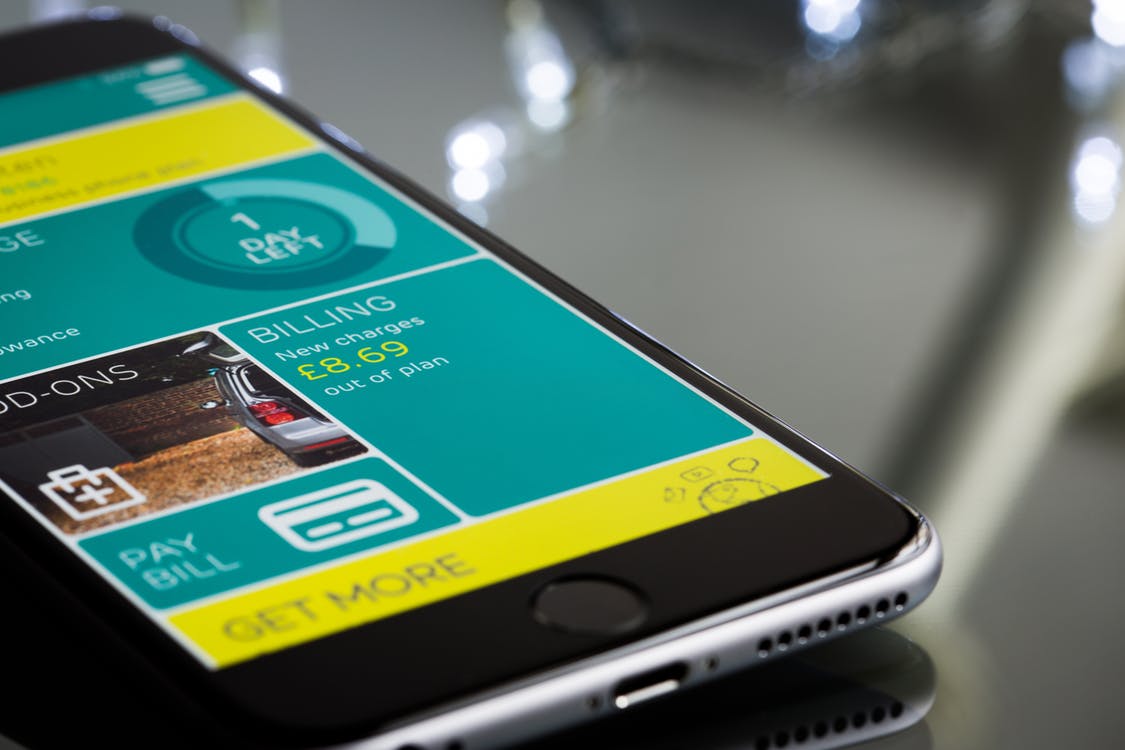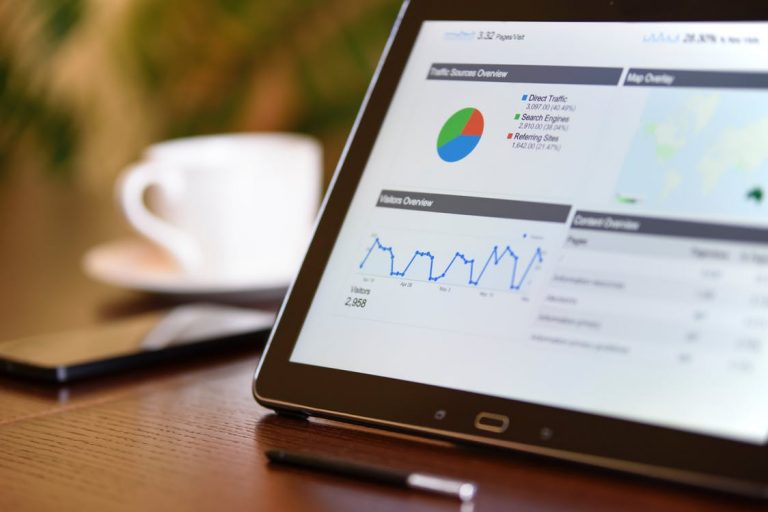Some people jokingly say that no matter what you want to do, there is an app for that, and there is some truth to that statement. Apps capitalize on the user’s attention in a way internet websites cannot, and they travel with the user while commanding their time on a mobile device. Well-designed apps promote your product or service while maintaining engagement with your brand. But, when the app has problems, it can turn into a disaster. Here are five mistakes people make when they build their app and guidance on how to avoid making these mistakes yourself.
Choosing the Wrong Platform
Develop an app for the platforms your most likely audience already uses. No one is going to buy an iPhone to use your app, and you’ll lose out on your entire audience if you release an iOS app when all your customers are using Android. Before you make a decision as to which platform to release your app for, know where your current and ideal customers are located. Tools like the iBuildApp mobile app development software allow you to build one app and create versions for different app stores. Even if you plan on developing the app for more than one platform, understand which one should be done first so that you dedicate enough time to testing it in each environment.
Thinking an App Is Like a Website
A common misconception in app development is thinking of the app as a downsized version of a website. This is particularly common with apps used to share updates, news and content from the brand. Do not treat the app as if it is an extension of your website. Share content through the app that isn’t available on the website to give people a reason to install it. And, design the app to be functional on a smartphone, while remembering a reduced version of the webpage is the opposite of mobile-friendly.
Picking the Wrong Monetization Method
The purpose of all apps produced by a business is to make money. For some businesses, the app exists to strengthen brand awareness and loyalty, indirectly increasing sales. For others, the purpose is advertising revenue through a free app that keeps the user’s attention. Decide how the app will make money for you, then design the app for that purpose. If you are going to use an app to increase product sales, design it to simplify the ordering process. If the intent of the app is to offer a free version for the general public that promotes a paid-for version, ensure that the features the premium version has are what customers will pay for.
Assuming an App Sells Itself
A common mistake app developers make is assuming that the app will sell itself. Remember that the app is competing against hundreds of thousands of competitors on the app stores. You need to apply brand specific SEO for search terms related to the app on its app store page so that it can be found by your customers. You still have to market the app to your followers so that they know it exists, and you need to give them reasons to install it. Offering discounts or coupon codes upon installation of the app is a start, but only the beginning.
Assuming That Installation Is Good Enough
Just because an app successfully installs on a device does not mean your testing is complete. Your application beta testing must include testing all features involved, such as ordering, updating and purchasing. If there is any type of payment information or user location tracking, you need to verify that the app has proper IT security.
Conclusion
Start by developing an app for the platform your customers already use the most, and don’t design it to be an extension of your website. The app has to be tested for key functionality and IT security, and not purely install without error. Do not design an app that is like a miniature version of your website. Understand how the app will pay for itself, and design the app accordingly. Finally, apply SEO to the app installation page and understand how you will promote the app, since it will not sell itself.









